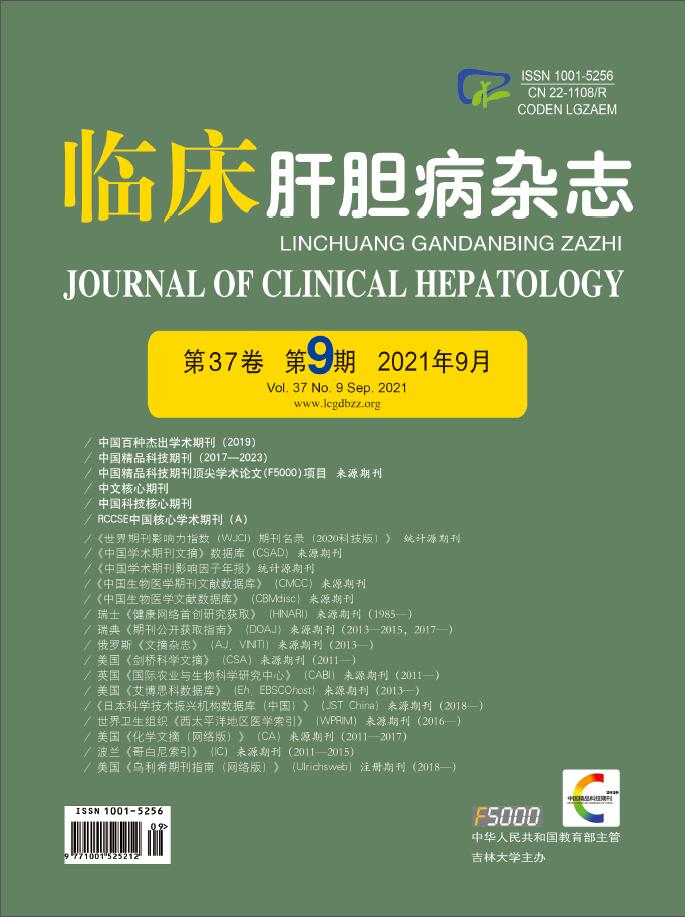| [1] |
Chinese Society of Infectious Diseases, Chinese Medical Association, Chinese Society of Hepatology, Chinese Medical Association. Guidelines for the prevention and treatment of chronic hepatitis B (version 2019)[J]. J Clin Hepatol, 2019, 35(12): 2648-2669. DOI: 10.3969/j.issn.1001-5256.2019.12.007. |
| [2] |
PAN J, ZHANG M, YAO TT, et al. Efficiency and influencing factors of interferon therapy for 1-6 years old children with chronic hepatitis B[J]. Int J Virol, 2020, 27(3): 214-218. DOI: 10.3760/cma.j.issn.1673-4092.2020.03.009. |
| [3] |
WU D, WANG P, HAN M, et al. Sequential combination therapy with interferon, interleukin-2 and therapeutic vaccine in entecavir-suppressed chronic hepatitis B patients: The Endeavor study[J]. Hepatol Int, 2019, 13(5): 573-586. DOI: 10.1007/s12072-019-09956-1.9/j.issn.1001-5256.2019.12.007. |
| [4] |
|
| [5] |
|
| [6] |
|
| [7] |
|
| [8] |
|
| [9] |
|
| [10] |
|
| [11] |
MICCO L, PEPPA D, LOGGI E, et al. Differential boosting of innate and adaptive antiviral responses during pegylated-interferon-alpha therapy of chronic hepatitis B[J]. J Hepatol, 2013, 58(2): 225-233. DOI: 10.1016/j.jhep.2012.09.029. |
| [12] |
WANG HL, DENG GH. Functional status of hepatitis B virus-specific T cells in patients with chronic hepatitis B virus infection: Exhausted or silenced?[J]. J Clin Hepatol, 2020, 36(5): 980-982. DOI: 10.3969/j.issn.1001-5256.2020.05.005. |














 DownLoad:
DownLoad: